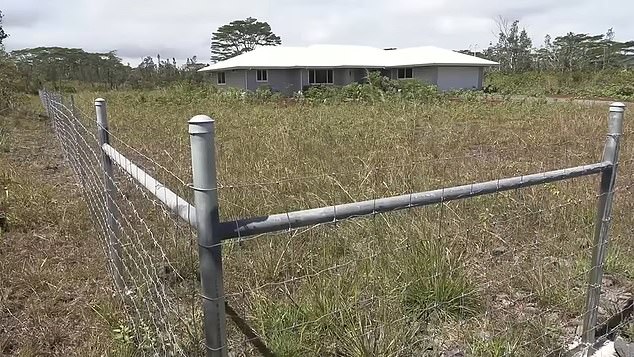A construction company that mistakenly built a house on the wrong site has been ordered to tear it down.
The mix-up occurred in Hawaii after PJ’s Construction mistook the land at Hawaiian Paradise Park on the Big Island of Hawaii for another neighbor’s.
They accidentally built on Annaleine “Anne” Reynolds’ property, a one-acre plot purchased for $22,500 at auction in 2018.
She lives in California and had plans to use the land to build a house for her children.
Last week, Judge Robert DS Kim ordered PJ’s Construction to immediately pay the bill for the house’s demolition, even though it was valued at about $500,000.
A construction company that mistakenly built a half-million-dollar home on the wrong lot on Hawaii’s Big Island was ordered to tear it down last week.

They accidentally built on the property of Annaleine ‘Anne’ Reynolds, who purchased the one-acre plot for $22,500 at auction in 2018.
“We are pleased with the court’s decision that PJ’s Construction must bear the costs of demolishing the unauthorized structure on Anne Reynolds’ property,” said Reynolds’ attorney, James D. DiPasquale. Business Insider.
‘This ruling not only preserves Anne’s property rights, but also sets a precedent for accountability in the construction industry.
‘While it is unfortunate that the land cannot be restored to its original state, the ruling underscores the importance of meticulously complying with property and zoning laws.’
The strange saga began last year, when Reynolds discovered the house had been built on his idyllic piece of land.
PJ’s Construction, which was hired by Keaau Development to build the home and 11 others nearby, had mistakenly built the property on the wrong lot after using telephone poles to try to identify them, according to legal documents.
He had built the house on lot 114 instead of lot 115, located on the other side of one of the properly marked posts.
Patrick John Lawrence, Jr., owner of PJ’s Construction, realized the mistake thanks to a real estate agent who identified it after the house had already been sold.
Keaau Development then sued Reynolds, claiming she had been “unjustly enriched” by the property that now technically belonged to her.
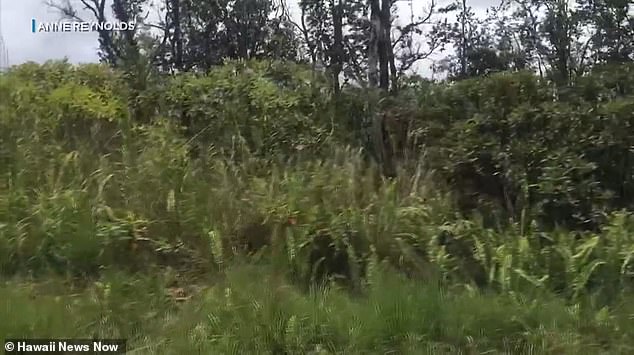
PJ’s Construction confused the land at Hawaiian Paradise Park on the Big Island of Hawaii with this one next door.
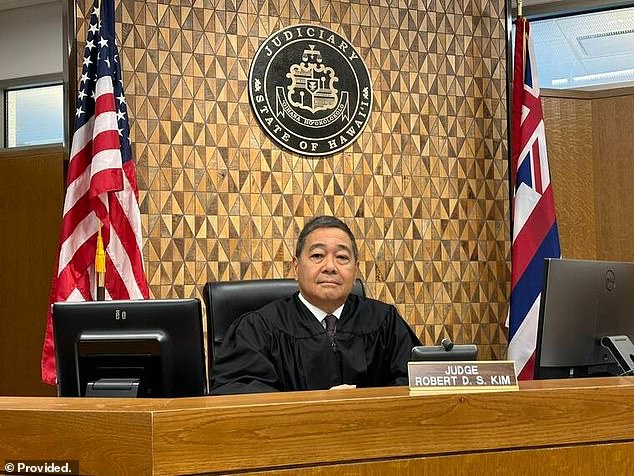
Last week, Judge Robert DS Kim ordered PJ’s Construction to pay the bill for the house’s demolition immediately, even though it was valued at about $500,000.
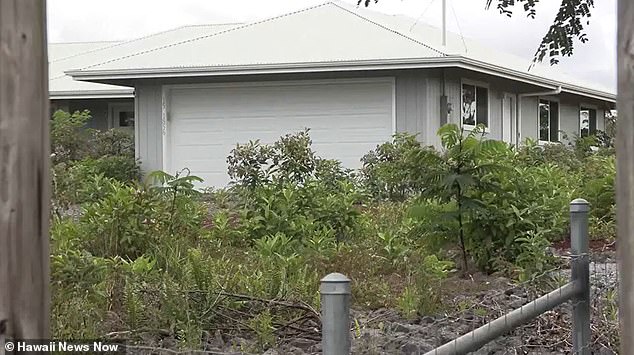
The bizarre saga began last year, when Reynolds discovered that the home had been built on his idyllic plot of land. PJ’s Construction, which was hired by Keaau Development to build the home and 11 others nearby, had mistakenly built the property on the wrong piece of land.
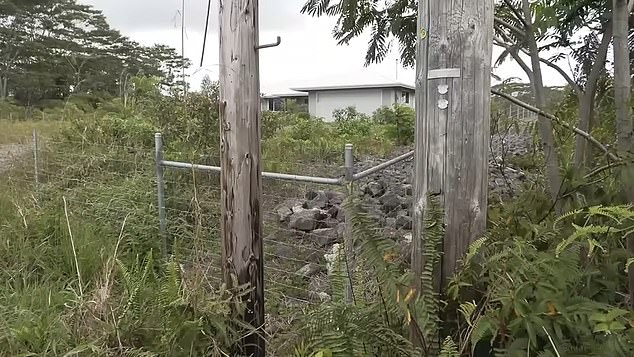
The company had telephone poles to try to identify them, according to legal documents, but built the house on Lot 114 instead of 115, located on the other side of one of the properly marked poles.
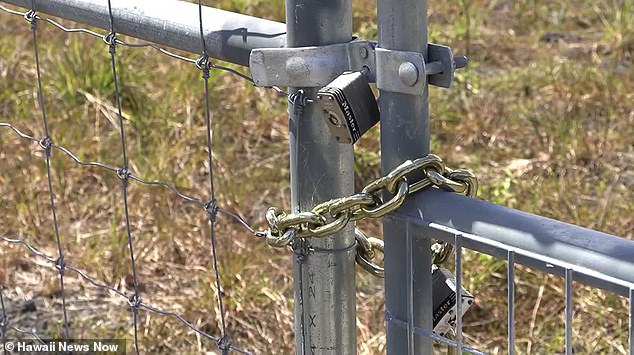
Reynolds has described the whole situation as “horrible” and recalled how the house had attracted squatters over the past few months. She also had to pay for a fence to surround the vacant house, as well as several thousand dollars in property taxes.
Meanwhile, Reynolds rejected the developer’s offer of a neighboring lot of equal size and value, arguing that the land he had purchased was “sacred” and had “all the right qualities” to serve as a home base for his family for generations to come.
She repeatedly described the situation as “terrible” and recalled how the house had attracted squatters over the past few months.
“It was so disgusting,” she said. Fox19 As a result, human feces were found inside the house.
He also had to pay for the fence surrounding the vacant house, as well as several thousand dollars in property taxes.
The developer eventually brought everyone involved into the lawsuit so a judge could decide who was ultimately responsible for the drastic error, paving the way for Kim’s ruling on Monday.
He said the company can seek contribution or compensation from Keaau Development in a later trial or hearing, but for now it has to bear the burden of demolishing the missing home.
It also said the companies had “seriously disturbed the peaceful use, enjoyment and possession of the real property” by bulldozing Reynolds’s parcel of land, which “removed all previously existing native vegetation.”

“We are pleased with the court’s decision that PJ’s Construction must bear the costs of demolishing the unauthorized structure on Anne Reynolds’ property,” said Reynolds’ attorney, James D. DiPasquale.
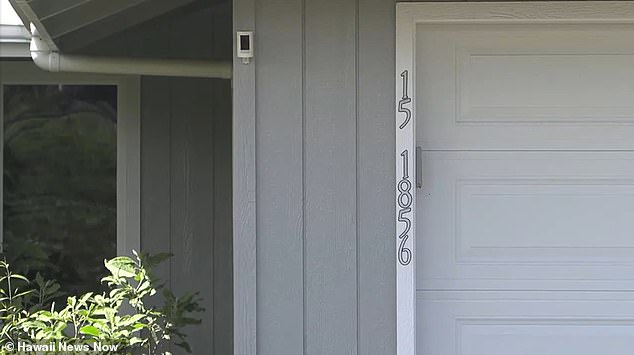
‘This ruling not only preserves Anne’s property rights, but also sets a precedent for accountability in the construction industry.’
A “long period of neglect” that followed allowed Albizia trees to “infest” the land, he wrote, adding that it was now “impossible” to return the property to its original state.
He also stated that the company and the developer “cut corners to reduce construction costs,” citing how they excavated the land and built the house without a topographical survey.
He added that because building permits were approved for lot 115, not 114, the house was illegal. The case is still ongoing and a trial scheduling conference has been scheduled for late July.

